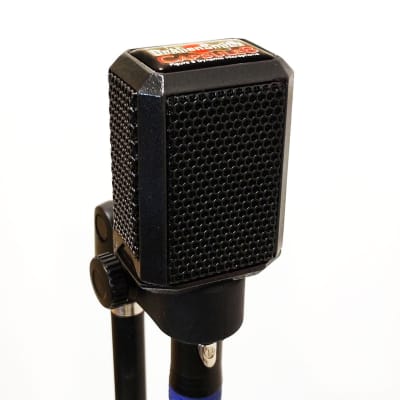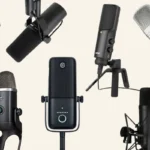What is a Figure-8 Microphone?
Hello, audio enthusiasts and curious minds! As a microphone aficionado and experienced recording engineer, I’m thrilled to introduce you to the fascinating world of figure-8 microphones. These unique mics offer a distinctive polar pattern that sets them apart from other types of microphones, making them invaluable tools for certain recording situations. In this in-depth guide, we’ll explore what figure-8 microphones are, how they work, and when you might want to use one in your own recording projects.

Understanding the Figure-8 Polar Pattern
To grasp what makes figure-8 microphones special, we first need to understand the concept of polar patterns. A microphone’s polar pattern refers to its sensitivity to sound from different directions. Some common polar patterns include:
- Cardioid: Picks up sound primarily from the front, with reduced sensitivity to the sides and rear.
- Omnidirectional: Picks up sound equally from all directions.
- Supercardioid and Hypercardioid: Similar to cardioid, but with even more focused sensitivity to the front and greater rejection of sound from the sides.
Figure-8 microphones, also known as bi-directional mics, have a unique polar pattern that looks like the number “8.” They are equally sensitive to sound from the front and back of the microphone, while effectively rejecting sound from the sides.

How Do Figure-8 Microphones Work?
The secret behind a figure-8 microphone’s unique polar pattern lies in its capsule design. Most figure-8 mics use a ribbon diaphragm, which is a thin strip of metal (usually aluminum) suspended between two magnets. When sound waves hit the ribbon from either the front or back, it vibrates within the magnetic field, inducing an electrical signal that corresponds to the sound.
This design allows the ribbon to respond equally to sound pressure from both sides, while the sides of the ribbon are not exposed to sound waves, resulting in the figure-8 polar pattern.
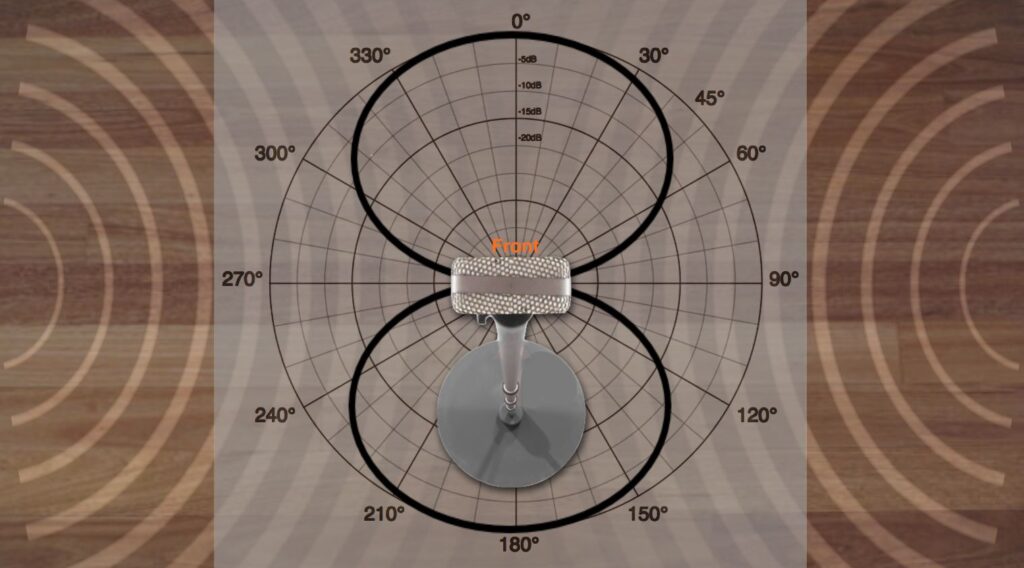
The Advantages of Figure-8 Microphones
Figure-8 microphones offer several distinct advantages that make them valuable tools in certain recording situations:
- Excellent side rejection: Because figure-8 mics are highly insensitive to sound from the sides, they excel at isolating desired sources while minimizing bleed from adjacent instruments or unwanted noise.
- Versatility in stereo recording: The front and back sensitivity of figure-8 mics makes them ideal for certain stereo recording techniques, such as the Mid-Side (M-S) or Blumlein configurations.
- Unique sound character: Many figure-8 mics, particularly ribbon mics, impart a warm, natural sound with a smooth high-frequency response that can be flattering on certain sources like vocals, strings, or brass.
- Proximity effect: Figure-8 mics exhibit a strong proximity effect, which is a boost in low frequencies when a sound source is close to the mic. This can be used to add warmth and intimacy to a recording.
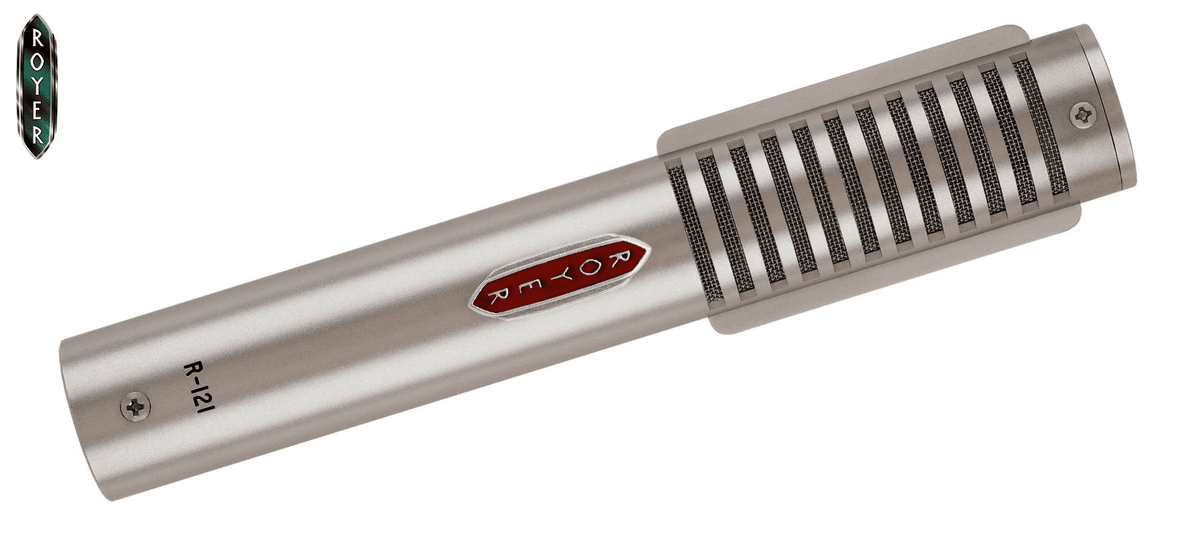
The Disadvantages of Figure-8 Microphones
While figure-8 microphones have many strengths, they also have some limitations to consider:
- Sensitivity to wind and vibration: Due to their open design, figure-8 mics (especially ribbon mics) can be sensitive to wind noise and physical vibrations, making them less suitable for outdoor or high-SPL applications.
- Lower output level: Figure-8 mics often have a lower output level compared to other types of mics, which may require a preamp with higher gain to achieve a usable signal.
- Fragility: Ribbon microphones, in particular, are known for their delicate construction and can be easily damaged if not handled with care.
When to Use a Figure-8 Microphone
Figure-8 microphones shine in several specific recording situations:
- Recording two sources simultaneously: The front and back sensitivity of figure-8 mics makes them perfect for recording two sources at once, such as two vocalists singing a duet or two instrumentalists playing together.
- Stereo recording techniques: Figure-8 mics are a key component in certain stereo recording techniques like Mid-Side (M-S) or Blumlein configurations, which use the mic’s directionality to capture a wide, immersive stereo image.
- Isolating sources in a live room: The excellent side rejection of figure-8 mics can be used to isolate individual sources in a live room, minimizing bleed from adjacent instruments or room reflections.
- Adding warmth and character: The unique sound character of figure-8 mics, particularly ribbon mics, can be used to add warmth, smoothness, and vintage vibe to a recording.

Popular Figure-8 Microphones
If you’re interested in adding a figure-8 microphone to your collection, here are a few popular options to consider:
- AEA R44CE: A modern recreation of the classic RCA 44 ribbon mic, known for its warm, smooth sound and excellent off-axis rejection.
- Royer R-121: A versatile, phantom-powered ribbon mic that offers a balanced, natural sound with a hint of high-frequency lift.
- Coles 4038: A iconic BBC-designed ribbon mic with a rich, full-bodied sound that’s perfect for brass, strings, and vocals.
- Shure KSM313: A dual-voice ribbon mic that offers both figure-8 and hypercardioid polar patterns, making it a versatile choice for a variety of sources.
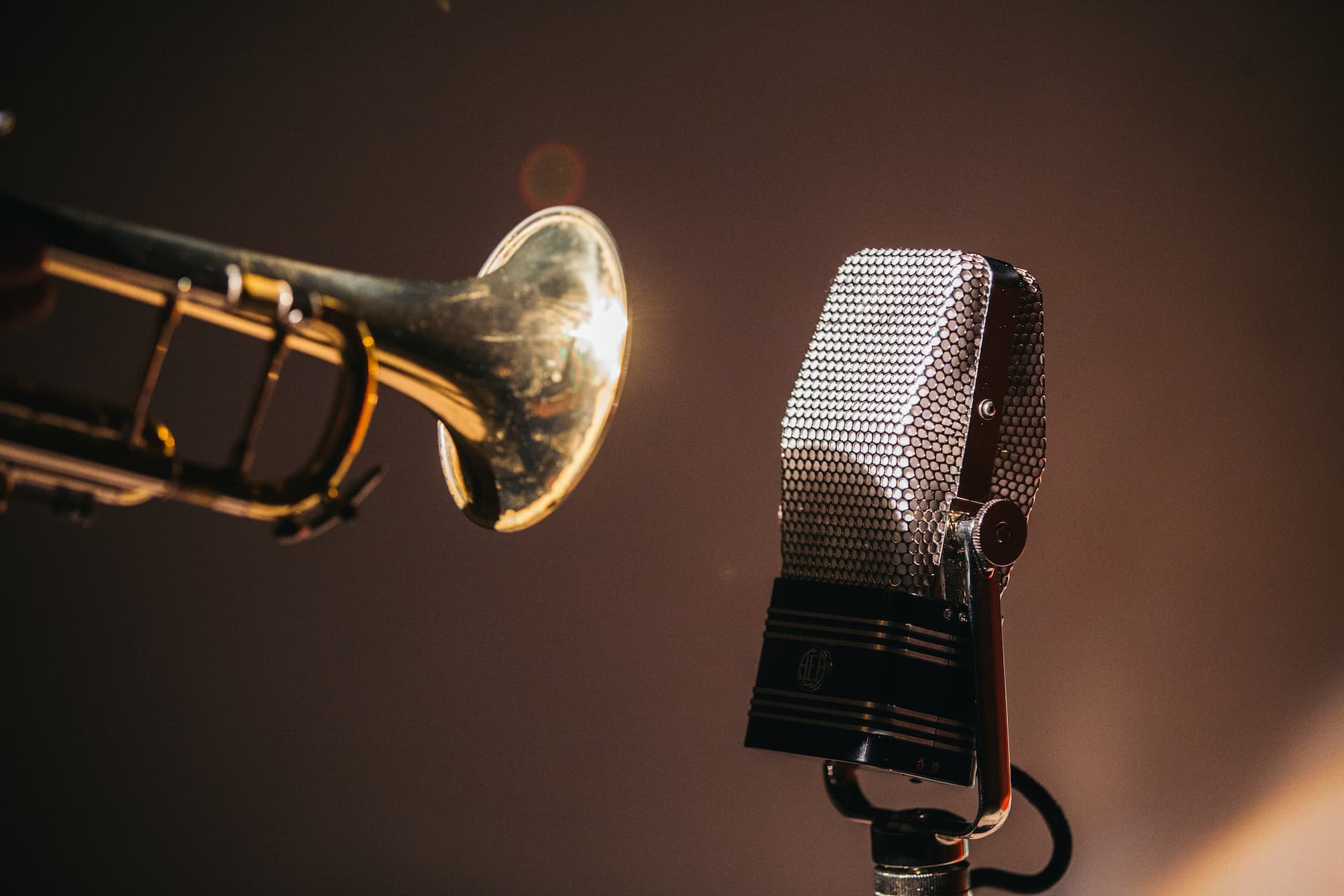
Conclusion: What is a Figure-8 Microphone
Figure-8 microphones are a unique and valuable tool in any recording engineer’s arsenal. By understanding their distinctive polar pattern, strengths, and limitations, you can make informed decisions about when and how to use them in your own projects. Whether you’re looking to capture a vintage vibe, record a duet, or experiment with stereo techniques, a figure-8 mic might just be the perfect choice.
As with any microphone, the key to success with figure-8 mics is to experiment, listen critically, and trust your ears. Don’t be afraid to try unconventional placements or techniques – you never know when you might stumble upon a sound that perfectly captures your creative vision.
So go forth, my fellow audio explorers, and embrace the unique charm of figure-8 microphones. With a little knowledge and a lot of curiosity, you’ll be well on your way to crafting recordings that are as captivating as they are memorable. Happy recording!
Learn More About Music & Music Production
